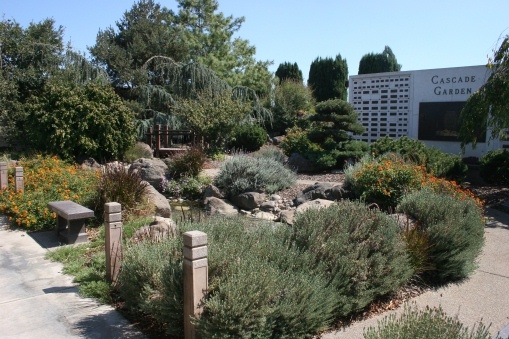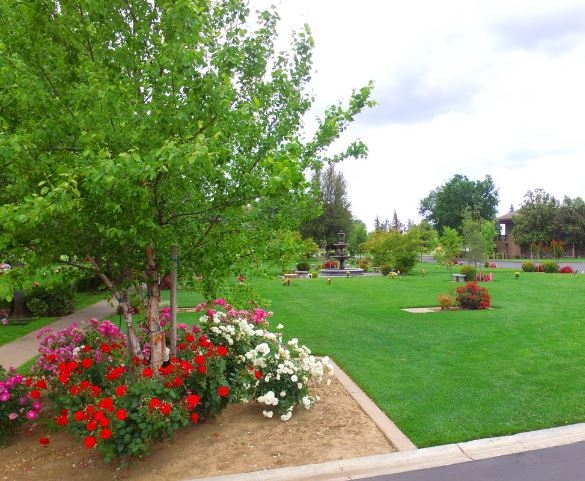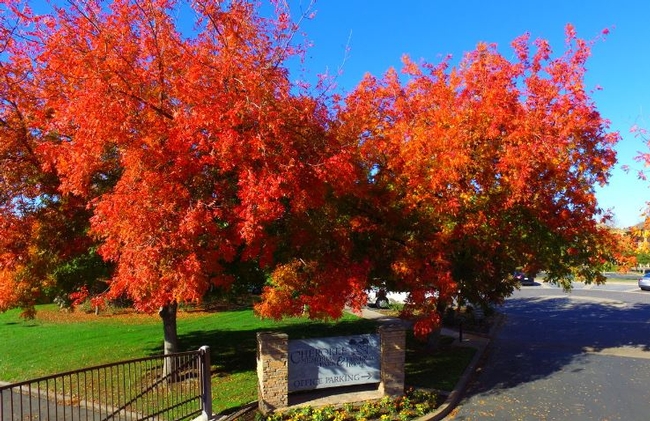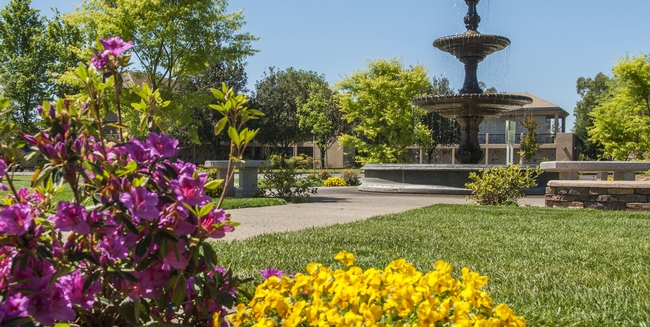
Cherokee Memorial Park (Cherokee), located east of Highway 99 at Harney Lane in Lodi, has 66 developed acres of gardens, including slightly over 30 specialty “gardens.” At Cherokee, the word ‘gardens' denotes both traditional garden space and types of burial sites, such as mausoleums or the recently added “Upright Garden.”
Cherokee's VP of Operations, Marc Gabrys, has overseen the growth in the north end of Cherokee. He obtained his B.S. in landscape architecture from UC Davis and was hired to work part-time while a student 25 years ago (his anniversary is June 2020). Gabrys' responsibilities are varied – spatial planning of the new growth, several design projects, including the interior design of the newer buildings, and overseeing the day-to-day operations, including maintenance and landscaping.

Cherokee hosts over 50 species of trees. Although there are no original native trees on the site, visitors can find four species of oaks, cuercus wislizeni (interior live oak – California), cuercus argrifolia (coast live oak), cuercus lobata (valley oak), and cuercus subers (cork oak). Recently, redwoods have been planted to screen the drainage pond and Highway 99 from sight and the park is framed by Italian cypress which are slowly being replaced. The highlight each summer are the blooming crepe myrtle, which are grown throughout the gardens. Smaller-sized trees are now planted, including Chinese pistache and Japanese maples.

It takes a good-sized crew to maintain the grounds. Cherokee employees 12 full-time maintenance workers and one grounds supervisor. Arborists and horticultural advisors are resourced on an as-needed basis, and in-house training is provided to the grounds crew. The grounds crew replants the flower beds twice a year, with purchased seasonal bedding plants.
Each year, Cherokee pays tribute to those who have served our nation during its Memorial Day Celebration. An avenue of flags, a field of flags, guest speakers, a collection of items for those currently serving are followed by a luncheon for those attending the service.
The gates are open between 7 am and 6 pm year-round and later during the spring and summer.
